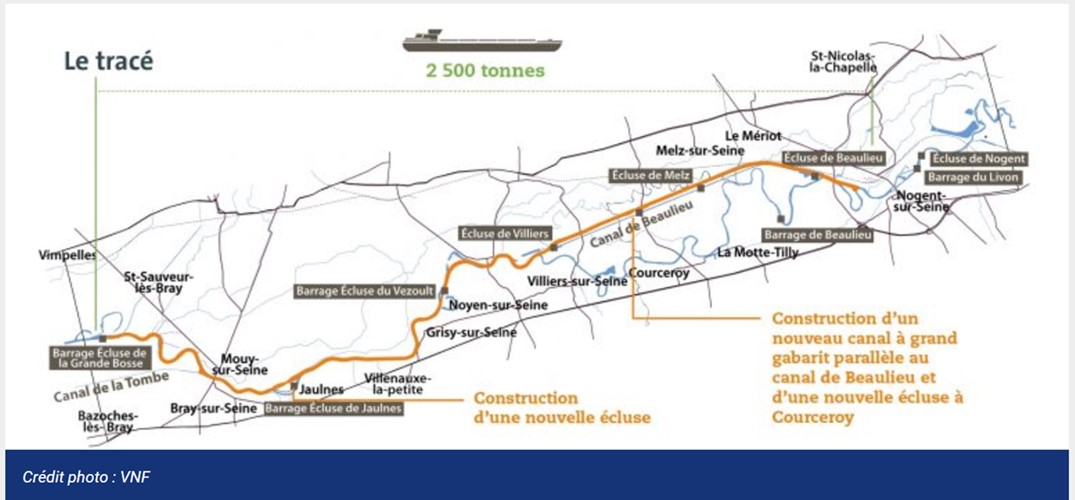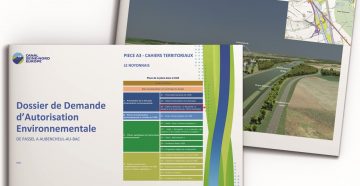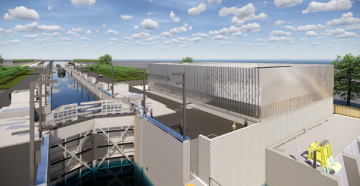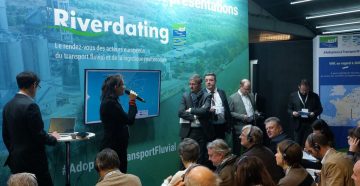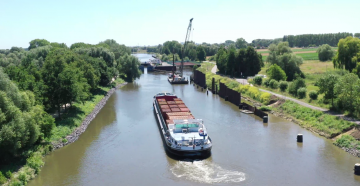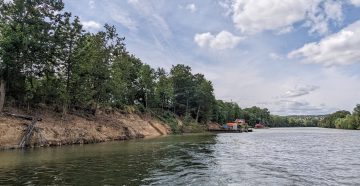The project to upgrade the river link between Bray-sur-Seine and Nogent-sur-Seine to a large gauge was declared to be in the public interest by decree of the Council of State on 22 July 2022, following the unqualified favourable opinion given by the enquiry commission in April 2021.
This is an important step for this project, which is supported by Voies navigables de France and is an integral part of the Seine-Scheldt large-gauge river network. The operation consists of bringing this 28.5 kilometre section of the Seine basin (south-east of Paris) up to the European Va gauge, to allow the passage of vessels of up to 2,500 tonnes (compared with a maximum of 650 tonnes today).
The project thus aims to meet the need for the sustainability of river transport in the sector concerned and the need to develop waterway transport, which emits 5 times less CO2 and consumes 4 times less energy (per tonne transported) than road transport. It should strengthen the modal shift and promote regional economic development by providing the crossed territories with a first-class river infrastructure capable of offering the services they need.
In concrete terms, the project consists in particular of:
– Deepening the navigation channel by approximately 19.25 km and 3.20 m in depth
– Building a new wide-gauge canal of about 9.20 km
– Reconstruct the Jaulnes lock and build the Courceroy lock
– Carrying out landscaping and environmental improvements (including 30 km of redeveloped banks)
– Re-establishing traffic routes (4 road bridges and 1 railway bridge) and soft paths
The cost of the project (including studies, works and land acquisition) is estimated at €343m2018. In addition to the contribution of the French State, it benefits from the financial support of the European Union (within the framework of the Seine-Scheldt project) and of the French territorial authorities (Ile de France and Grand-Est regions, Aube and Seine et Marne departments).
After this essential stage, the project still needs to be refined, in consultation with the actors of the territory. The next step will be to obtain the single environmental authorisation (expected in 2025), which is a prerequisite for starting work.
